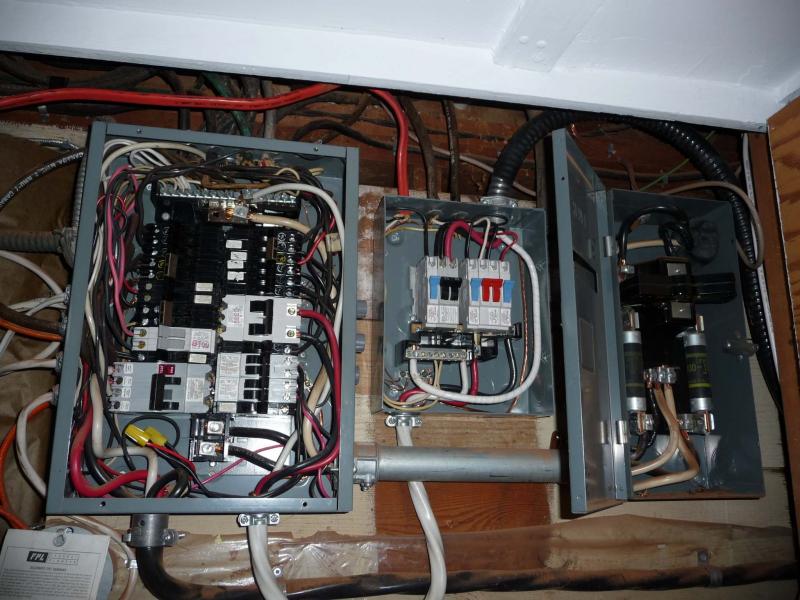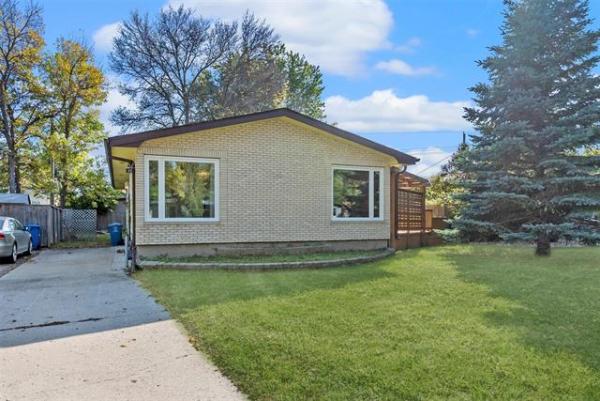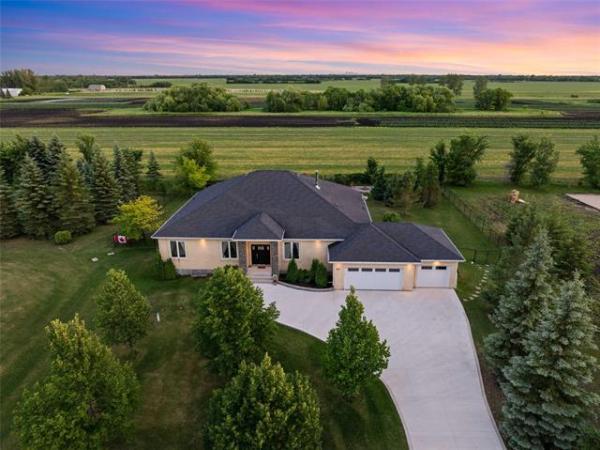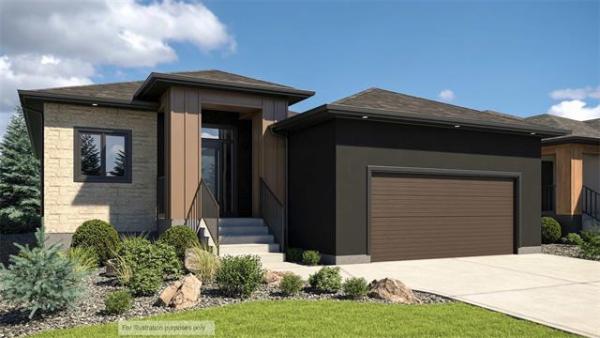Question: My house was built in 1974 and it has aluminum wiring. I would like to improve the wiring, be it pig-tailing the aluminum to copper or rewiring the whole house. The house is a 1,050-square-foot, three-bedroom bungalow. The basement is not finished, so wiring is easy to get at.
Rewiring the whole house is probably the best way to go, but costly. If rewiring, can the aluminum wires be left in the walls and ceilings and Marrettes put on the ends, therefore just leaving the wiring where it is and connected to nothing? Can copper wiring then be fished through and used to connect the switches, receptacles and lights?
What are your thoughts on pig-tailing all the light switches, receptacles and lights? Do they all have to be brought up to present day code or can plain ordinary items be used? Any thoughts you might have are appreciated.
Also, when choosing an electrician, how do I pick one? Of course, they must be a certified electrician. Some work for an electrical contractor and do electrical work on the side. Some of these want cash, therefore no invoice. Is that a good idea or bad? Is an electrical permit necessary? Any downside to me getting a permit? What should I be looking at for protecting myself and my house?
— Louise Balaban
Answer: The issue of aluminum wiring has become much bigger lately, due to demands from the insurance industry for upgrades. From a purely safety standpoint, all connections should be checked by a licensed electrician and updates done to prevent possible electrical fires. Of course, all work should be inspected and a permit is necessary to ensure you have the work inspected by the proper authority in your area.
Aluminum wiring was used primarily from the mid-1960s to the mid-’70s for residential wiring. There are various reasons it was used, but primarily it was popular due to the lower cost and weight. Because it is a poorer conductor than copper, larger gauge wiring is typically seen. The concerns with this type of wiring are due to several properties.
Primarily, the problems with aluminum wiring occur at the junctions and connections to fixtures. Because the wire is quite soft, there is often a problem with over-tightening of bolts on switches and receptacles, flattening the wire. This makes it more susceptible to damage, which can lead to arcing, overheating and electrical fires. Also, because of the softness, the wire itself is much more likely than copper to be damaged during the installation process. While these issues may be of some concern, the main problem with aluminum wire is caused by oxidation.
The initial fixtures designed for use with aluminum, particularly duplex receptacles, had issues with non-compatible metals and corrosion. This could easily occur, due to simple oxidation, and could ultimately lead to arcing at the connections. This would cause the wiring to overheat, melting the plastic sheathing, and resulting in electrical fires if left unchecked. Newer receptacles were designed with alloys to prevent this issue, but they were not completely successful, often due to poor installation techniques.
The ultimate solution for a home like yours could be complete removal of all wiring and replacement with copper, but that is very costly and certainly an overreaction. The main concern is not with the majority of the wiring, but simply the connection points. Hiring a licensed electrician to inspect and upgrade items at all the connections in your home is a more prudent solution. The specifics of the upgrades will depend primarily on the opinion of the individual you consult.
Some old-school technicians may simply suggest replacing all your duplex receptacles with those properly rated CO/ALR. They may also suggest installation of non-conductive paste on the connection points, which may include all switches, wire nuts (Marrettes), fixtures, circuit breakers, and other areas where the metal is exposed. Other more recently educated electricians may require using special wire nuts with non-conductive paste and pig-tailing all switches and receptacles, so that the connections to these are with copper wiring. That is what is being taught to many current students, according to one very experienced instructor I recently met. The difficulty with that method is that there is a limited amount of wires that can be installed in a junction box, so it may not be possible, in many cases, without more extensive work. Complete removal of wiring should not be needed, unless there is evidence of overheating in several areas. In that case, the offending wires could be left inside the walls or ceilings after disconnection and replaced with copper conductors.
It is critical to hire an electrician who goes through the proper channels and applies for a permit with the local building inspection division. That is the only way you can be assured they are completing the work properly and to the standards required in your area. They must also call the electrical inspector to do a site visit before everything is complete, to ensure they have complied with these standards. Hiring somebody who wants cash only will almost certainly guarantee this is not done.
If you are not buying an older home, or changing insurance providers, it will not be required to check or upgrade your aluminum wiring, but it should definitely be evaluated and upgraded for safety. Hiring a licensed electrician who will take out the proper permits, and provide you with invoices including all applicable taxes, should ensure the work is done safely, to protect your family and also meet any current and future insurance requirements.
Ari Marantz is the owner of Trained Eye Home Inspection Ltd. and the past president of the Canadian Association of Home & Property Inspectors — Manitoba (cahpi.mb.ca). Questions can be emailed to the address below. Ari can be reached at 204-291-5358 or check out his website at trainedeye.ca.
trainedeye@iname.com




